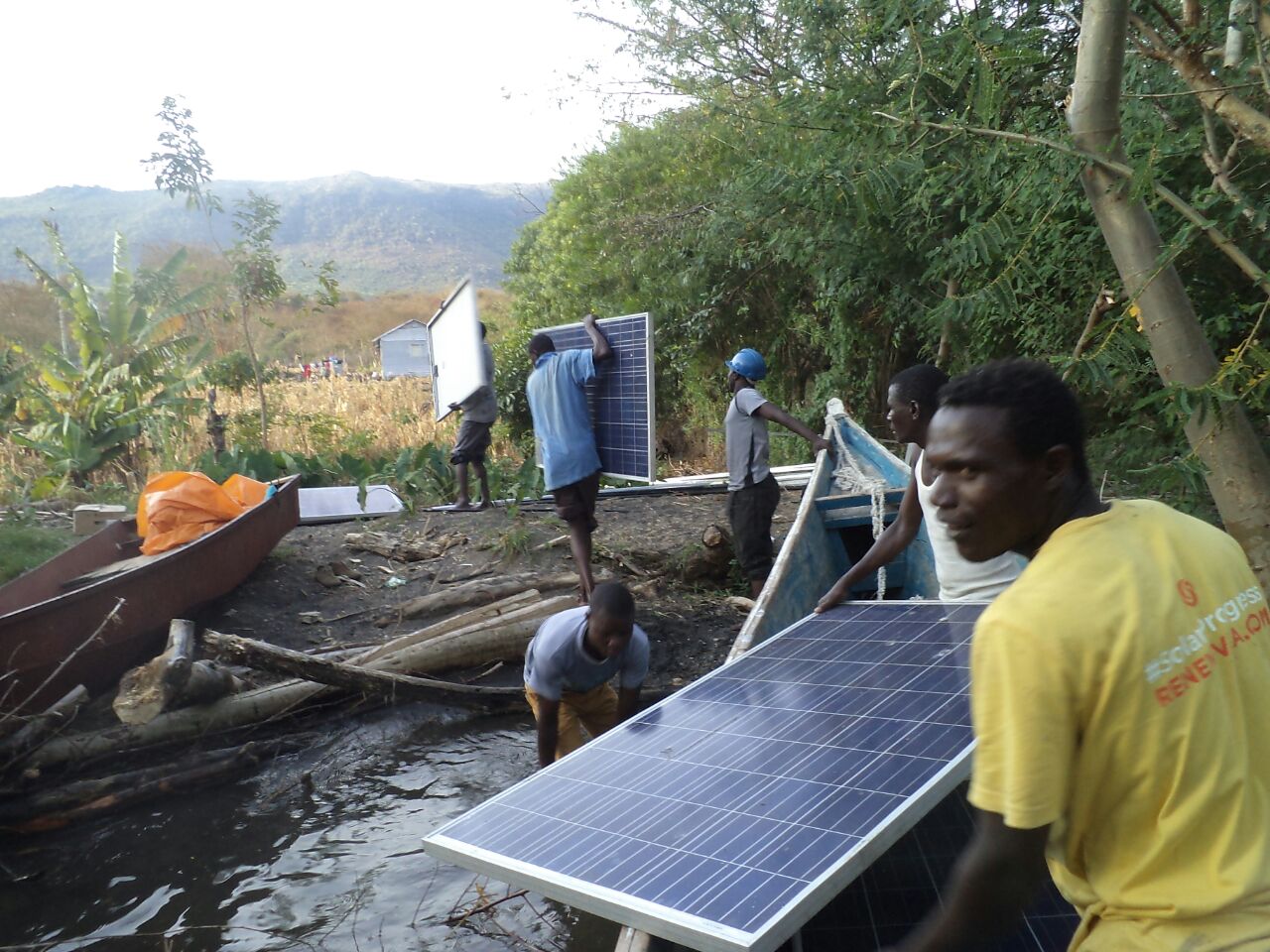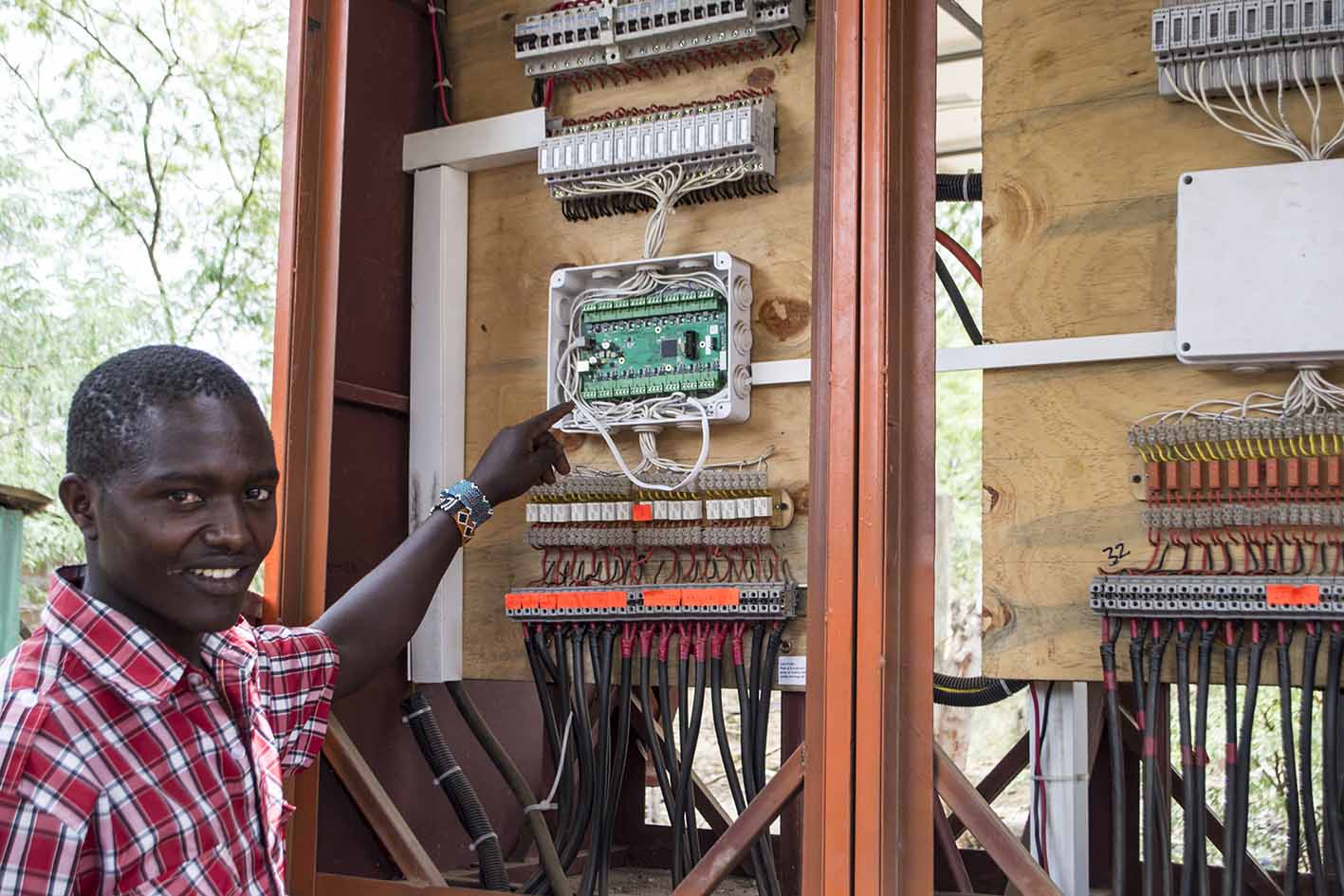
Globally, over 700 million people, mostly located in the rural areas of Sub-Saharan Africa, lack access to reliable electricity. The progress in electrification, achieved through the extension of the main grids, is notably slow and capital intensive; alternative off-grid energy generation systems (e.g. microgrid, solar home systems) allow electrification “on the spot” by leveraging the combination of renewable (e.g. solar, wind) and fossil energy sources.
A major barrier to the electrification process, experienced by Governments and private companies as well as International Funding Institutions, is the lack of information and actionable data, which make it difficult to determine the geographical area, village or communities that could benefit from the investment in off-grid systems. Notoriously, a range of insights are needed to plan and deliver vital infrastructure projects, including key information such the village location, the number of households, the current level of electrifications and the livelihood of local economies.
Lighting up the world
In this scenario, a project supported by the ESA Business Applications programme, and implemented by the German start-up Village Data Analytics (VIDA), developed software which gathers insight from the targeted area for electrification. The system relies on the use of Artificial Intelligence algorithms which analyse EU Copernicus Sentinel and night-light images, combined with other data sources to determine the presence of settlements, electricity, road infrastructures and water bodies. These data are used to create the ranking of the villages, across the area of interest, which could benefit the most from the investment in off-grid energy systems.
A window of opportunity has opened for rural areas in developing countries across Africa and Asia
A VIDA prototype has been tested by the pilot users such as KfW Mozambique, Energy Sector Management Assistance Program (ESMAP) in Ethiopia, and the World Bank in Nigeria, Sierra Leone and Lesotho. As remarked by Cristiano Cialone, ESA Business Applications Officer: “The prototype has been engineered following a prominent user-driven approach and validated through the KPIs’ benchmark with the traditional electrification processes. The subsequent performance analysis has evidenced positive macro trends related to: the cost/time reduction, for village ranking, compared to non-space based solutions; the increase of return on investment (ROI) for project of electrification in rural areas; the increase of energy consumption in the newly electrified areas of round 256%; the 80% reduction of CO2 emission thanks to the use of renewable energies for electricity generation”. Since the launch of the platform in February 2021, VIDA has served more than 200 users and projects in more than 15 countries across Sub-Saharan Africa and Asia. The software has contributed to the success of projects worth millions of Euros, and ultimately has provided clean and safe electricity (e.g. UN SDG 7: Ensure access to affordable, reliable, sustainable and modern energy for all) for educational hubs or health facilities.
Industry, Users, and Institution played a key role in the success of VIDA
VIDA was initiated through “Space for microgrids in developing countries’, an initiative launched by ESA Space Solutions in cooperation with the India Energy Storage Alliance (IESA), that aims to exploit satellite data to optimise the impact of microgrids electrification projects for rural or ‘off-grid’ communities.

“We are pleased with the excellent results of the project which confirm the potential for space applications to address sustainable development goals in export markets”, said Davide Coppola, Head of Space Applications Initiatives Section at ESA.
An important role was played by the German Delegation, which recognised the key role of electrification and has provided the necessary funding support. Anke Freimuth, Programme Coordinator of ESA Business Applications at the German Aerospace Centre (DLR), said “Electricity is a critical infrastructure for almost all areas of life. The VIDA project, supported by DLR via the ESA Business Applications programme, makes an important contribution to this. With the help of smart grids, access to electricity in developing countries is made easier. We are thrilled to see how the VIDA team delivers excellent results through their high competence and commitment and are impressed on how they make a significant contribution to one of the United Nations Sustainable Development Goals (SDGs) with the help of space data.”

The opportunity created by ESA and DLR has been certainly exploited at its best by the VIDA start-up, which combined competencies, market research, technology and user engagement capabilities to implement the service platform currently in use. Philippe Raisin, Chief Technology Officer of Munich-based VIDA, said: “Development in the world’s most remote areas cannot be achieved without data. A major barrier has been that the people with the money haven’t had the data to identify where they can make the greatest difference to communities. Our platform supports nations to leave no one behind in their journey towards the UN’s Sustainable Development Goals. Furthermore, the ESA Business Applications Demonstration project provided the VIDA team with the guidance and support needed to develop, test and roll-out the VIDA platform in a very short time.”
VIDA's success is also related to the involvement of end-users and customer representatives; they have collaborated in the requirement formalisation since the earliest project stages and have lately been involved in the prototype testing. Nowadays, many customers use the platform to serve the purposes of electrification projects around the world, as testified by George Harris, Head of Business Development at PowerGen Renewable Energy, says: “VIDA allows us to significantly cut down the time it takes us to select and plan new mini-grids, allowing us to build more renewable mini-grids faster. VIDA is now being used by most of our country teams across Africa, from initial country scan to detailed system sizing and distribution planning. Any new sites that we are building in the future will involve VIDA's analyses." Other worldwide financial players, affirm: “Working with VIDA has truly strengthened the advisory support we can offer our government clients – our support is now bigger, better and faster. Planning the electrification of a whole country used to take more than two years. With VIDA, this is a matter of months.”
Dr Rita Rinaldo, Head of the Project and Studies Implementation Division at ESA remarked that “VIDA has demonstrated the potential that integrated space solutions can offer to address the needs of the energy sector, and the vital role of ESA in enabling SMEs and NewSpace companies developing innovation to support the green transition in an economically sustainable way”. This method is being adopted as best practice across several businesses and multi-disciplinary domains to support the Industry, to foster economic growth and contribute to sustainable development (e.g. UN SDGs).



